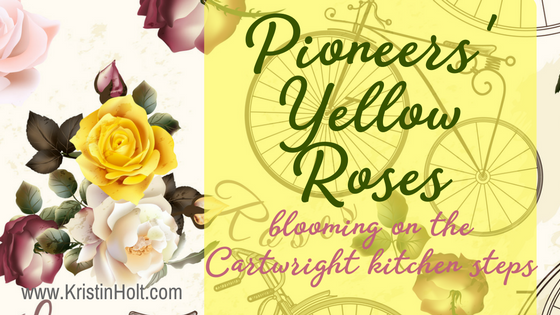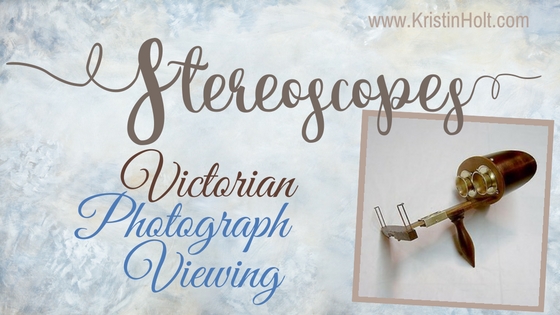
by Kristin Holt | Jan 16, 2017 | Articles
Have you ever stumbled across a turn of phrase (hold your horses, for instance) in a western historical romance and wondered if it fit? Or if that phrase was too new to be accurate historically? I have. While writing my past few western historical romances, I’ve paused and taken the time to look up most of these phrases, but I probably missed some. I want to share a handful with you here (that appeared in Pleasance’s First Love, set in 1879), along with the history behind that common phrase (colloquialism), when it came to be, and how we know that origin.

by Kristin Holt | Dec 10, 2016 | Articles
When did U.S. Marshals begin? What were their responsibilities? Can you believe President George Washington signed the Marshals into law for the purpose of working the National Census? Over time, their job description changed, but they’ve been the one law enforcement position with a time-limit. At the turn of the century, Marshals still didn’t have universal badges. My new release, coming December 20, 2016, is a U.S. Marshal turned small-town Sheriff. He’s learning his problems aren’t smaller or easier.
The Marshal’s Surrender
Coming December 20, 2016

by Kristin Holt | Nov 7, 2016 | Articles
Yellow roses appear briefly in three scenes within COURTING MISS CARTWRIGHT. Yellow roses, particularly Harison’s Yellow, are found strewn along the Oregon trail, blooming feral alongside abandoned ruins of cabins and clapboard houses in ghost towns, and originated in 1824 New York. This article contains the ‘Cemetery Scene’ where Felicity, new to Mountain Home and seeking answers. visits the cemetery and first notices the yellow roses on her father’s grave. This scene is the first conversation between sisters who’ve not known about each other until their father’s will brought them together the evening before–and they’d been barely civil.

by Kristin Holt | Sep 11, 2016 | Articles
The popularity of stereoscopes and image viewing began in the early 19th century and persisted into the 20th. Victorian Americans enjoyed viewing three-dimensional paintings, drawings, and photographs of people and far-away places as well as images that reminded them of home. Stereoscopes were one of many new inventions the well-to-do enjoyed for entertainment.

by Kristin Holt | Aug 17, 2016 | Articles
Pop Quiz! Were screen doors (and window screens) invented BEFORE or AFTER 1870? Do you know?
This article includes images of the screen doors on historic homes (taken recently), images from Sears Roebuck & Co. Catalog and Montgomery Ward & Co. Catalog, as well as historical information about why and how screens were invented during the Victorian era, as well as a solid answer about whether these household basics were invented before or after 1870. The answer just might surprise you.













